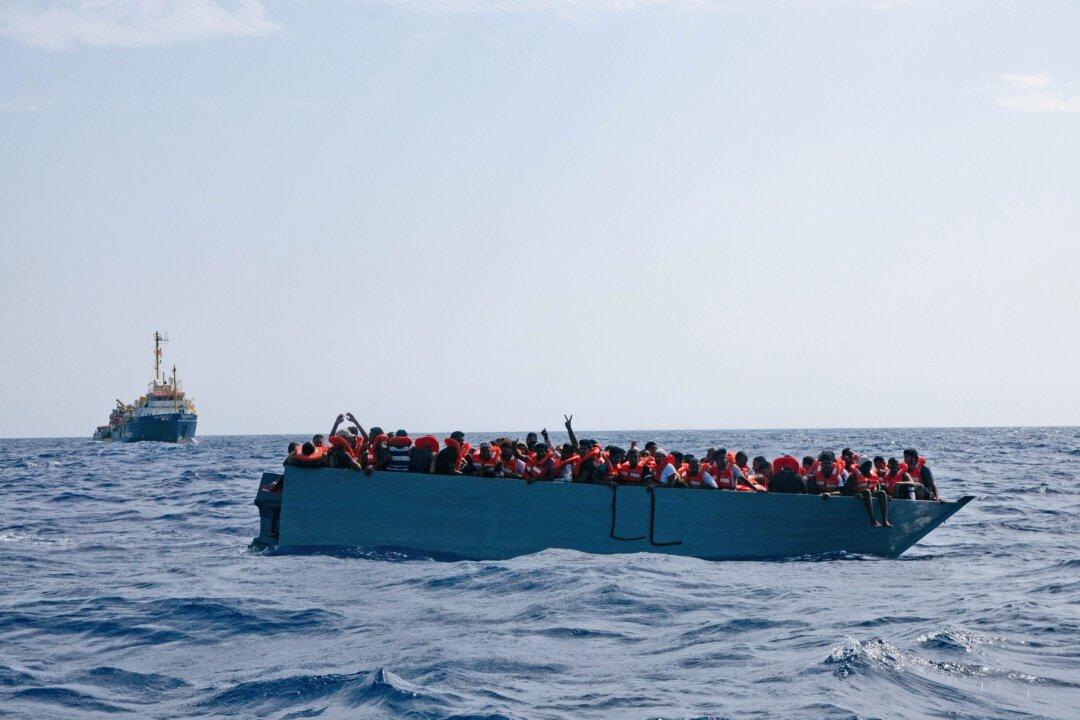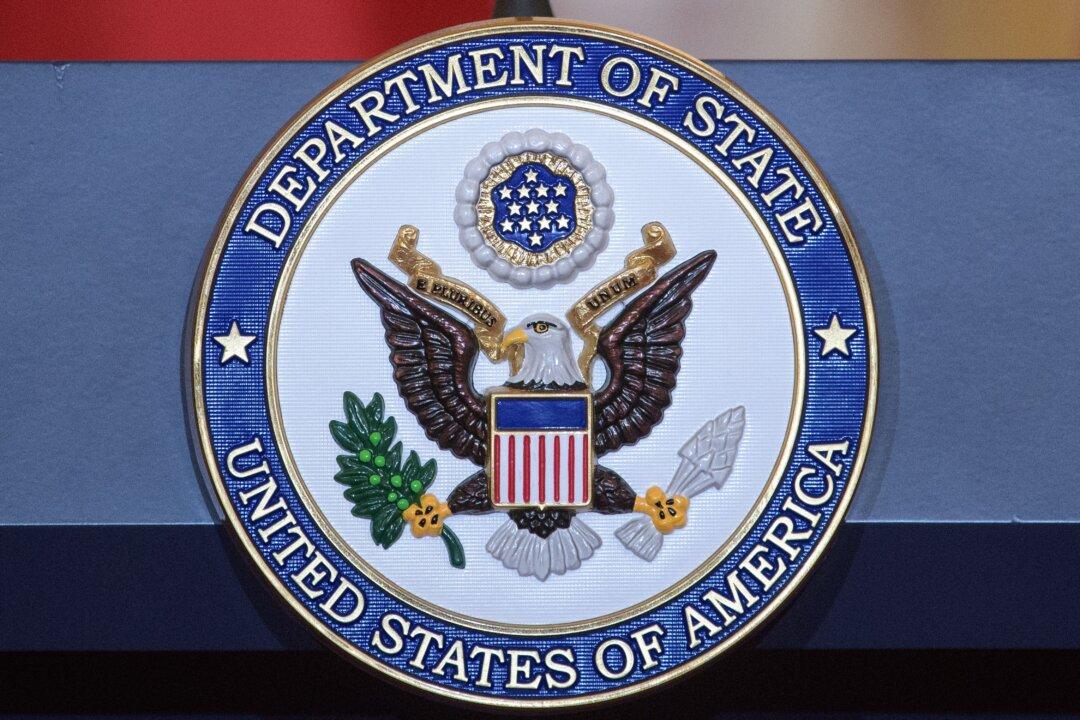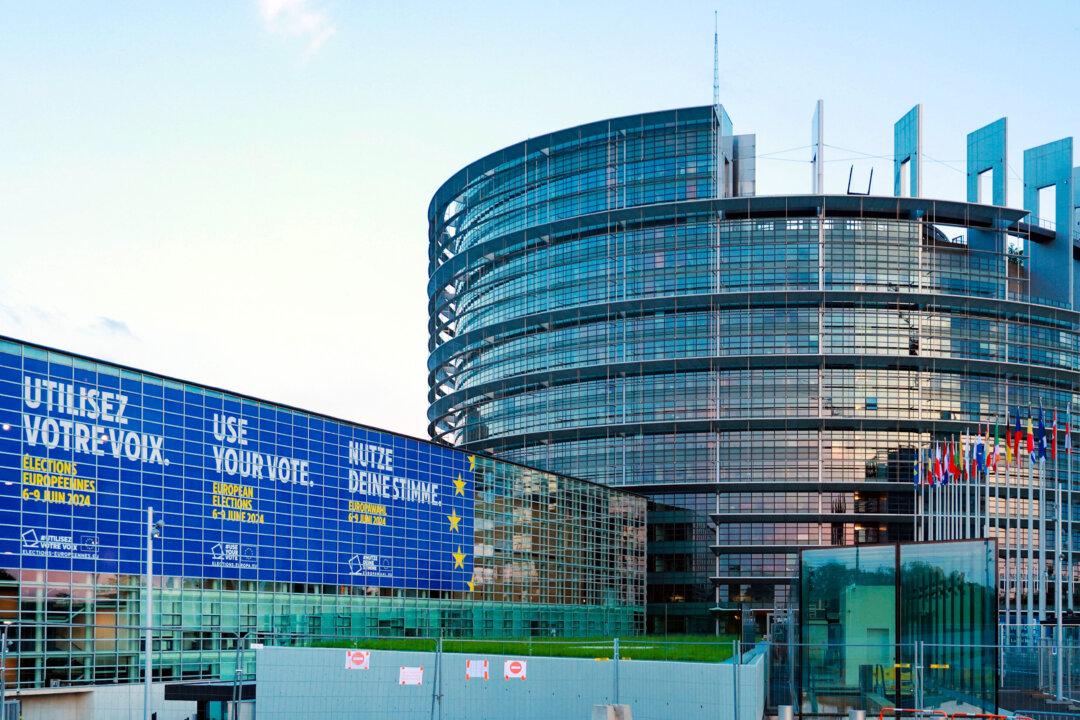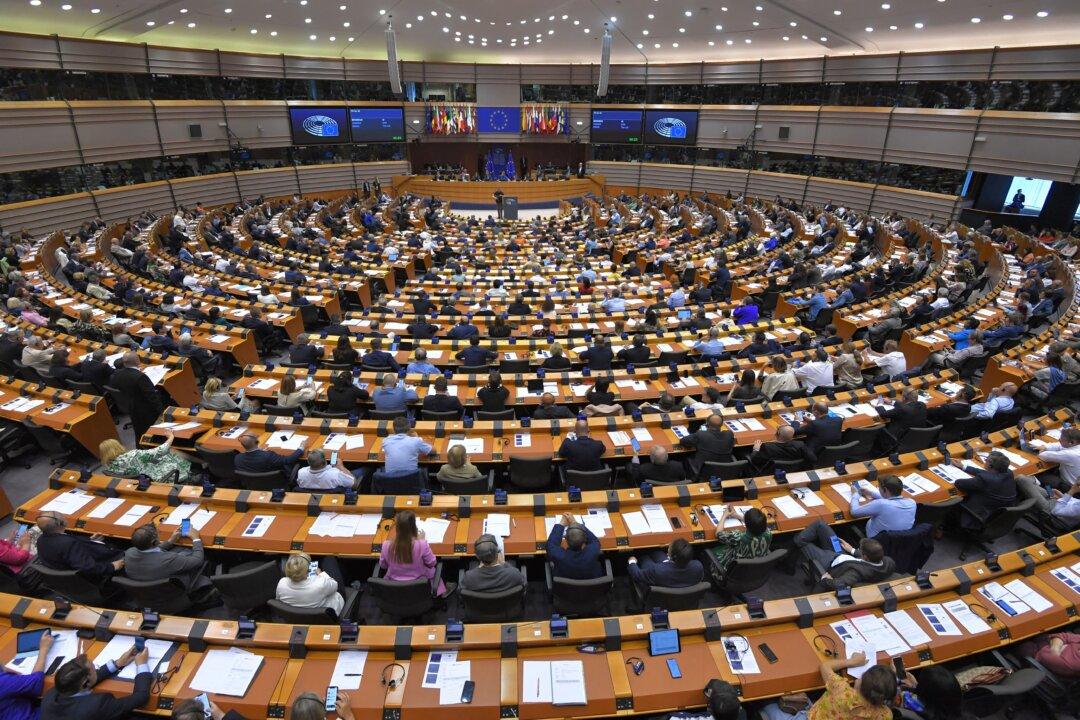The European Union’s new rules on asylum and migration are finally being rolled out, after years of political wrangling, marked by shifting attitudes toward immigration across the continent.
Eight years in the making, the EU’s Pact on Migration and Asylum was agreed upon by lawmakers in April, although the finer details had yet to be hammered out by the bloc’s executive, the European Commission.





